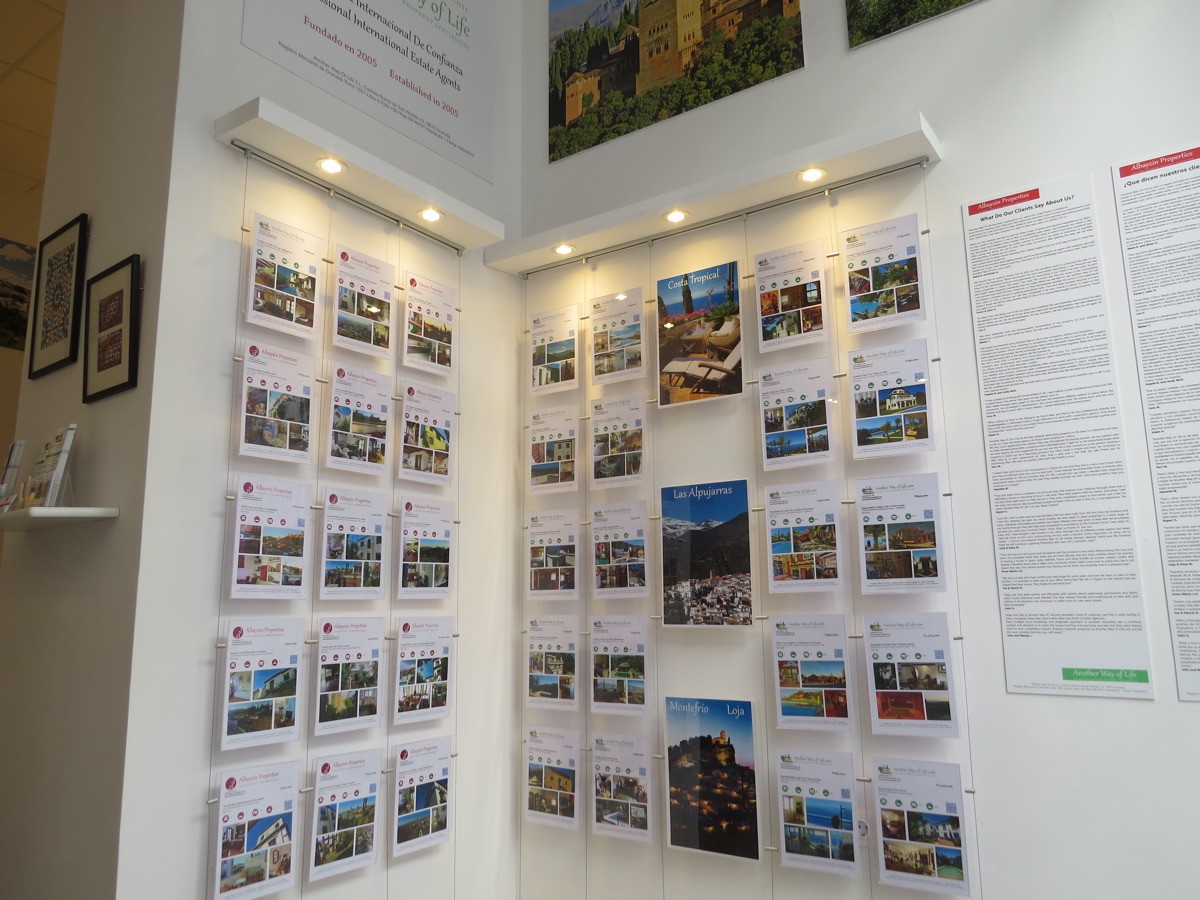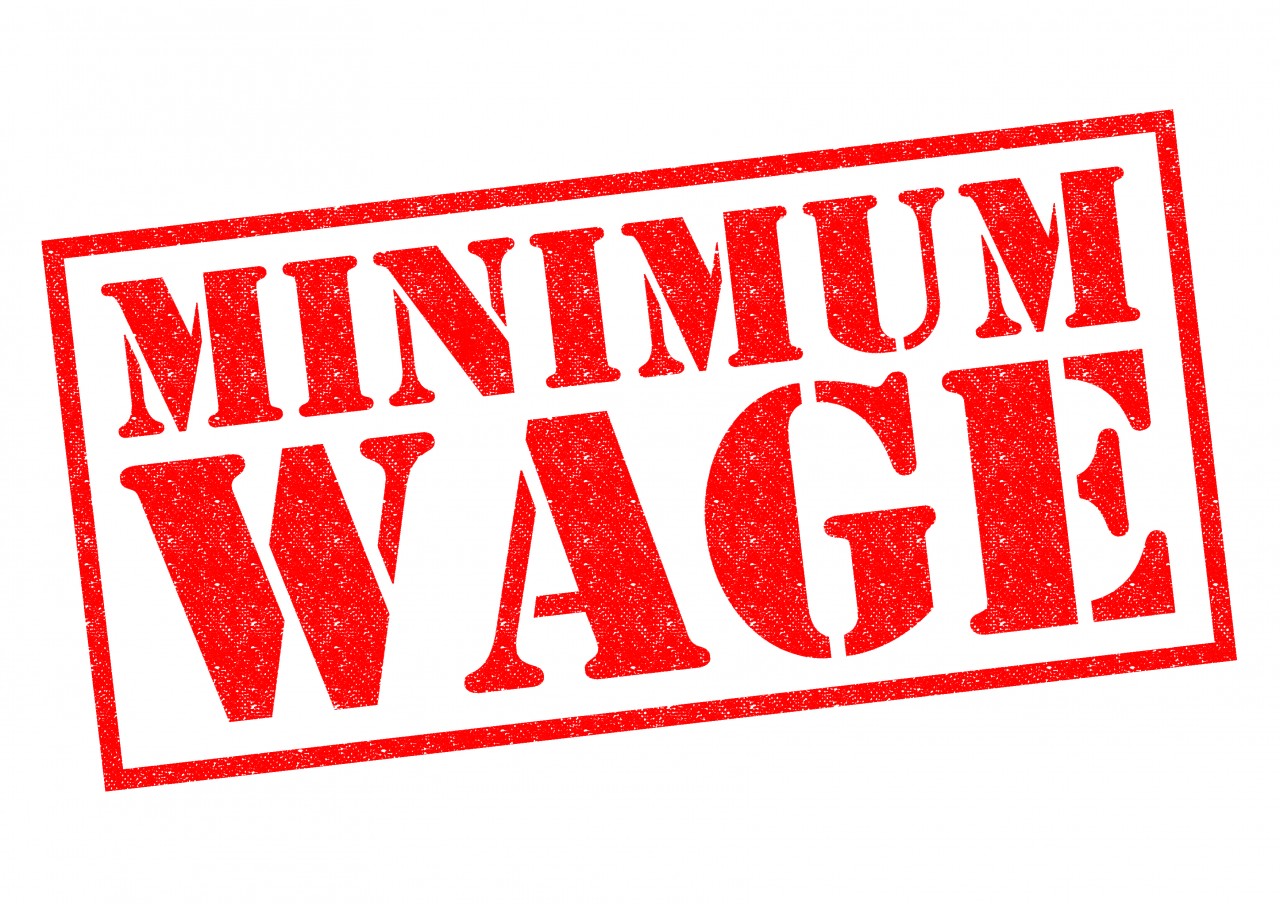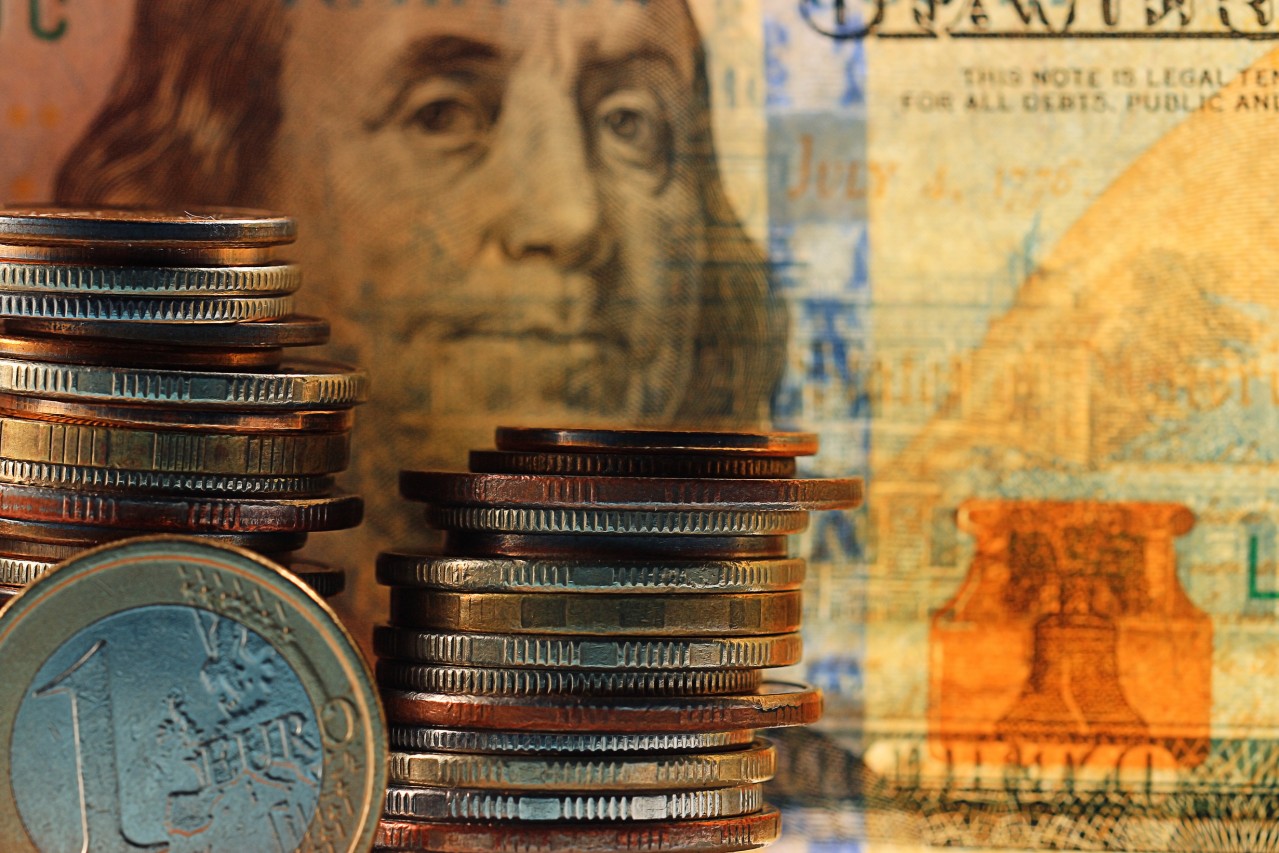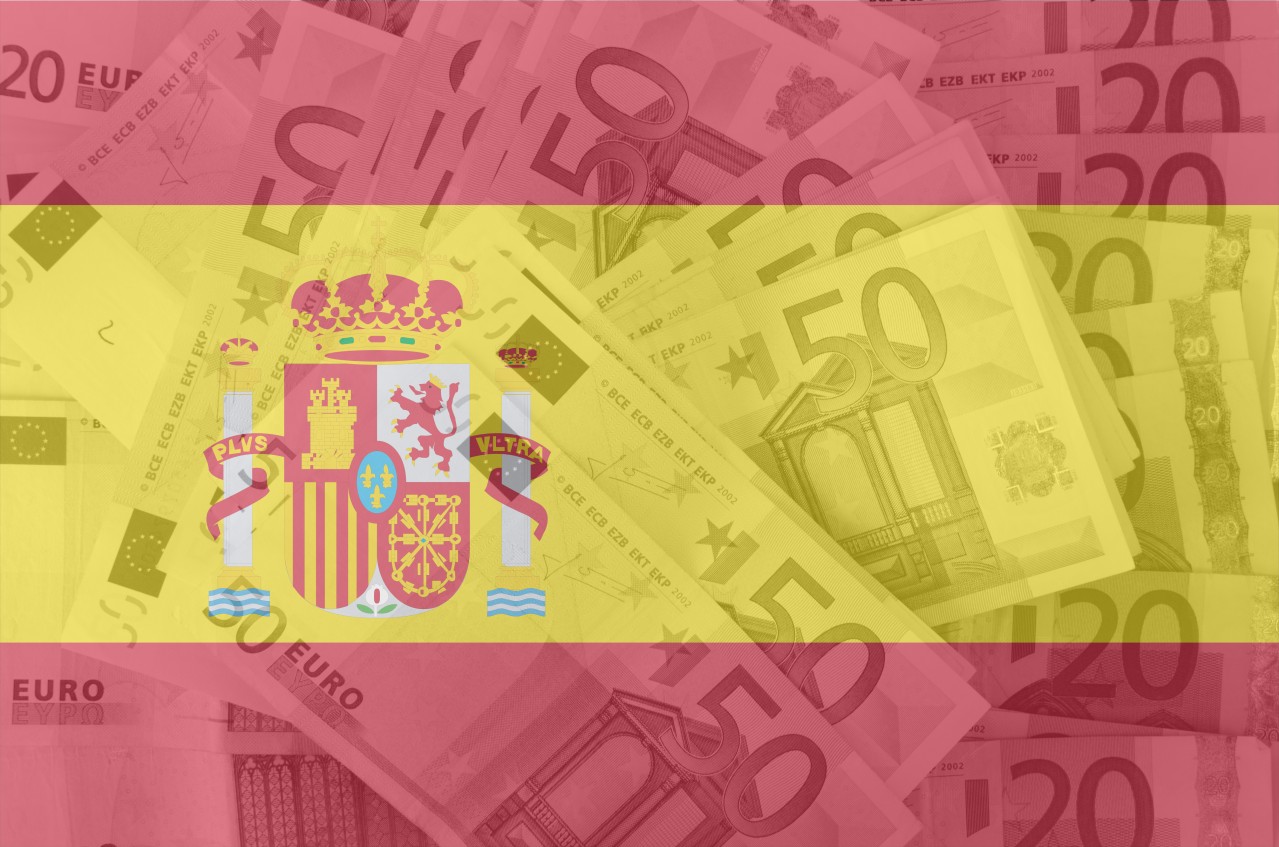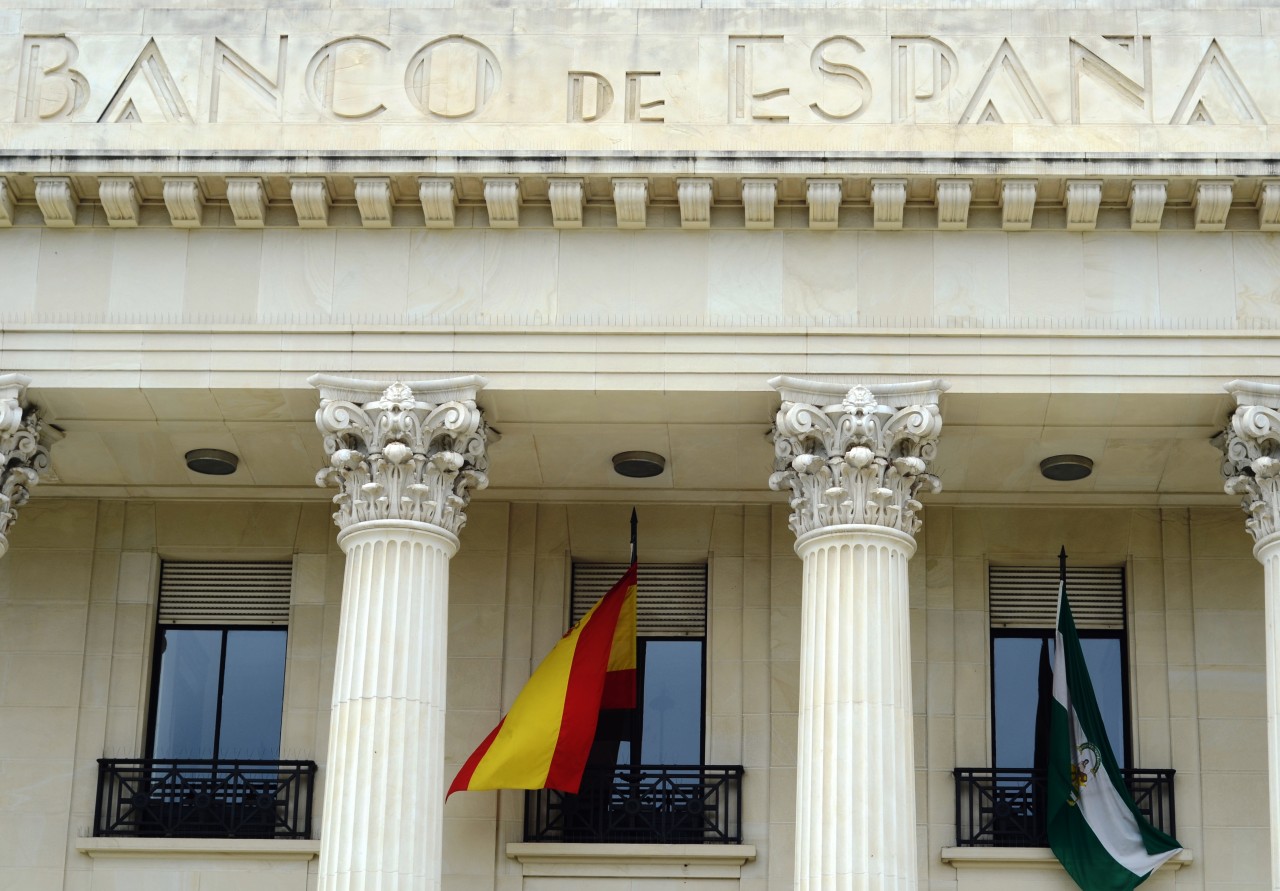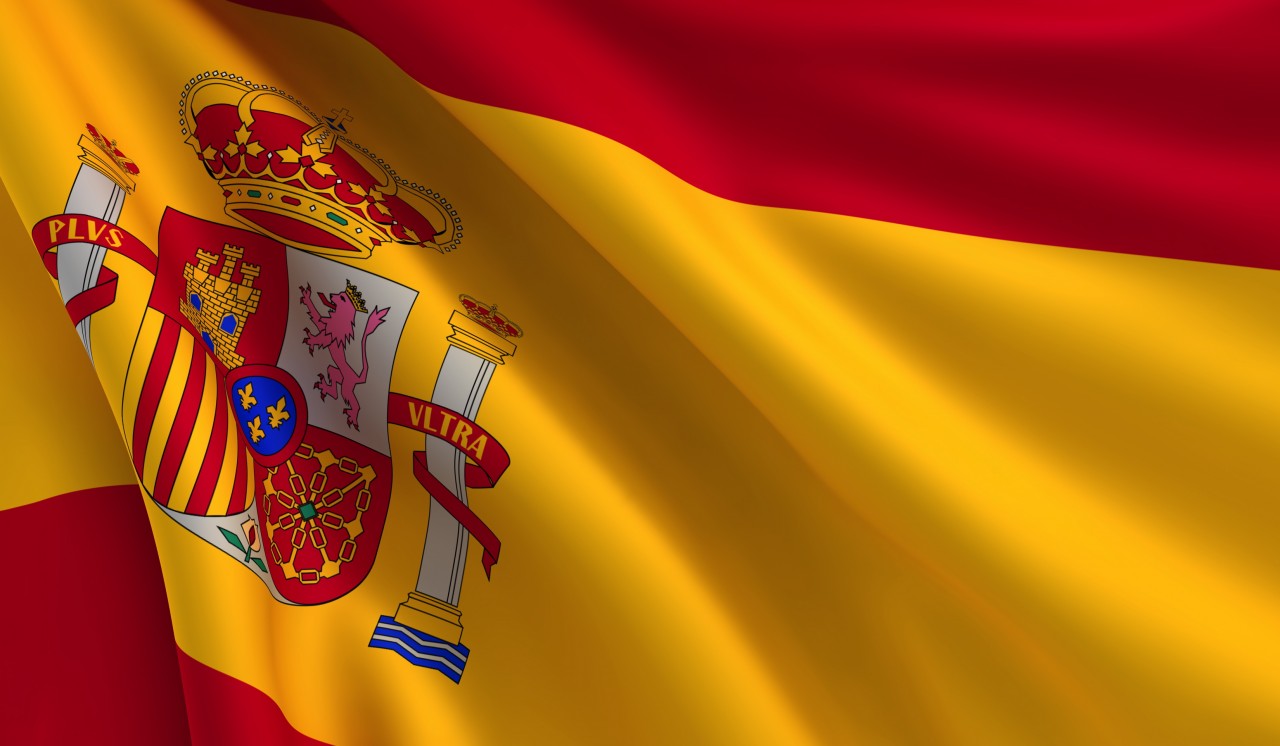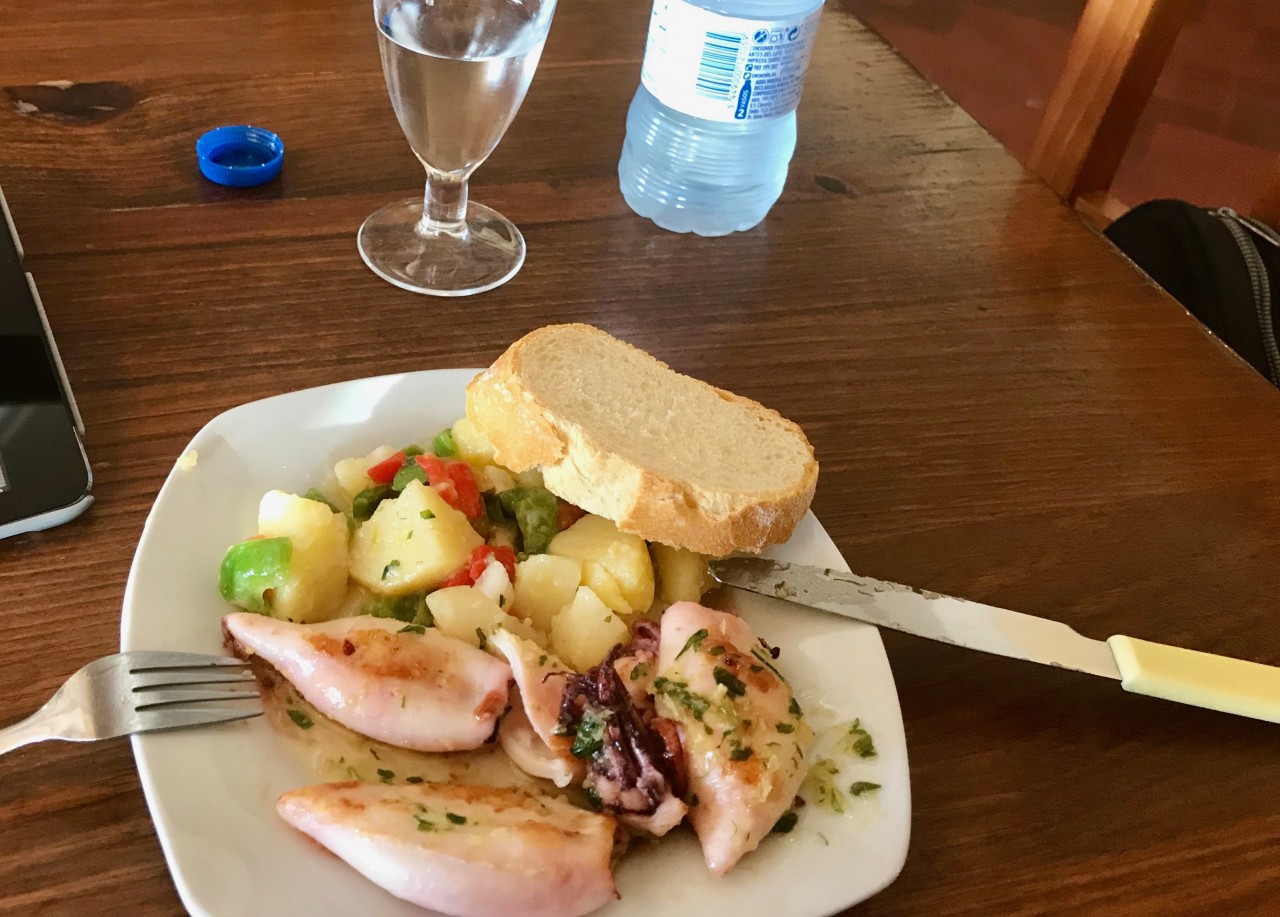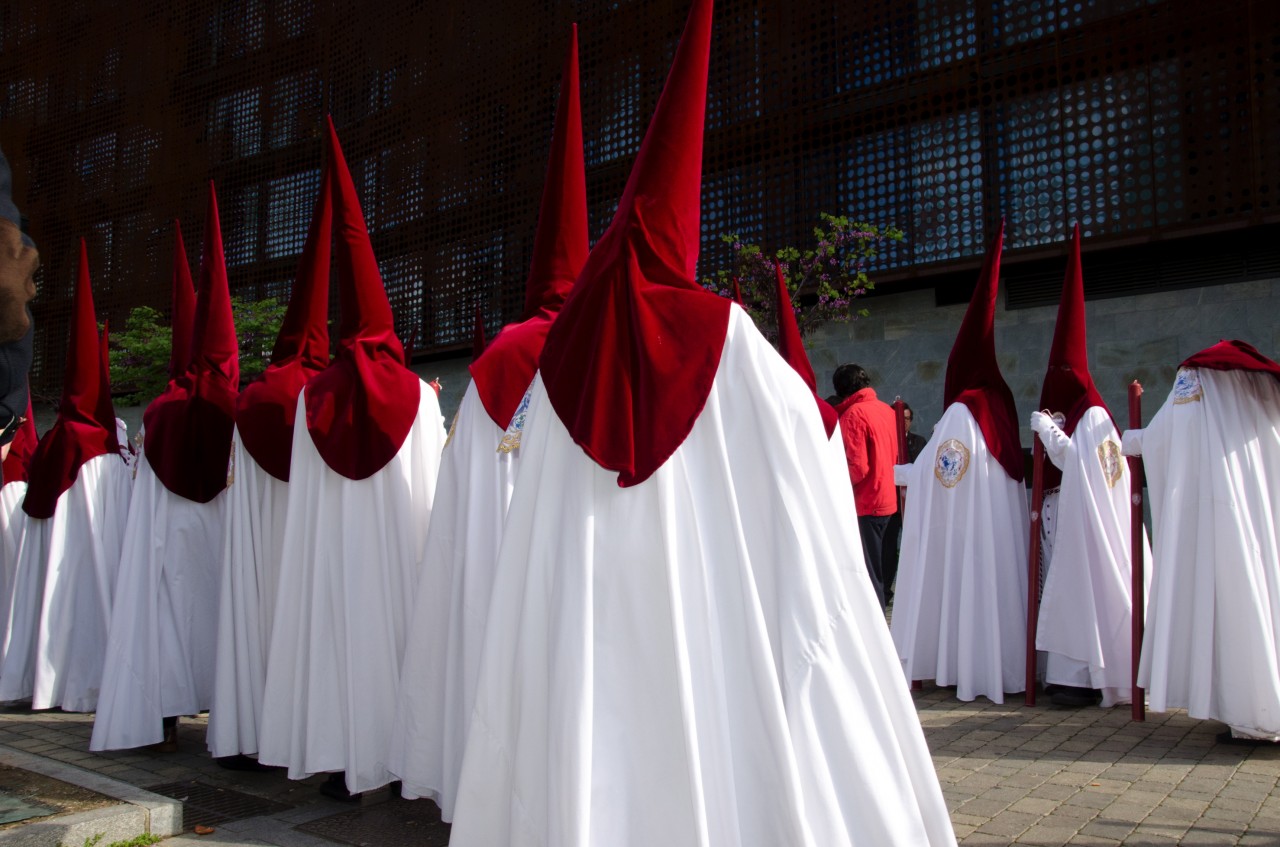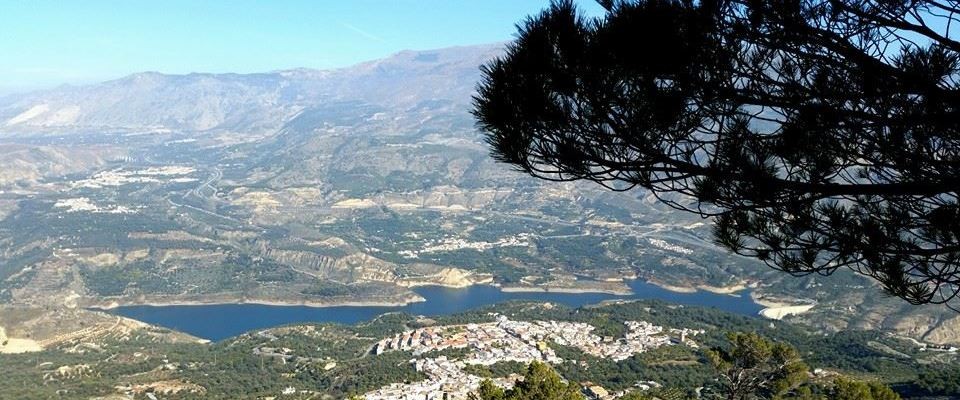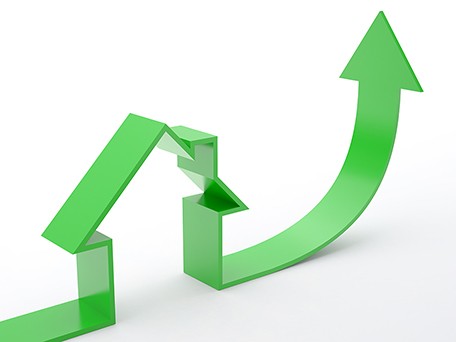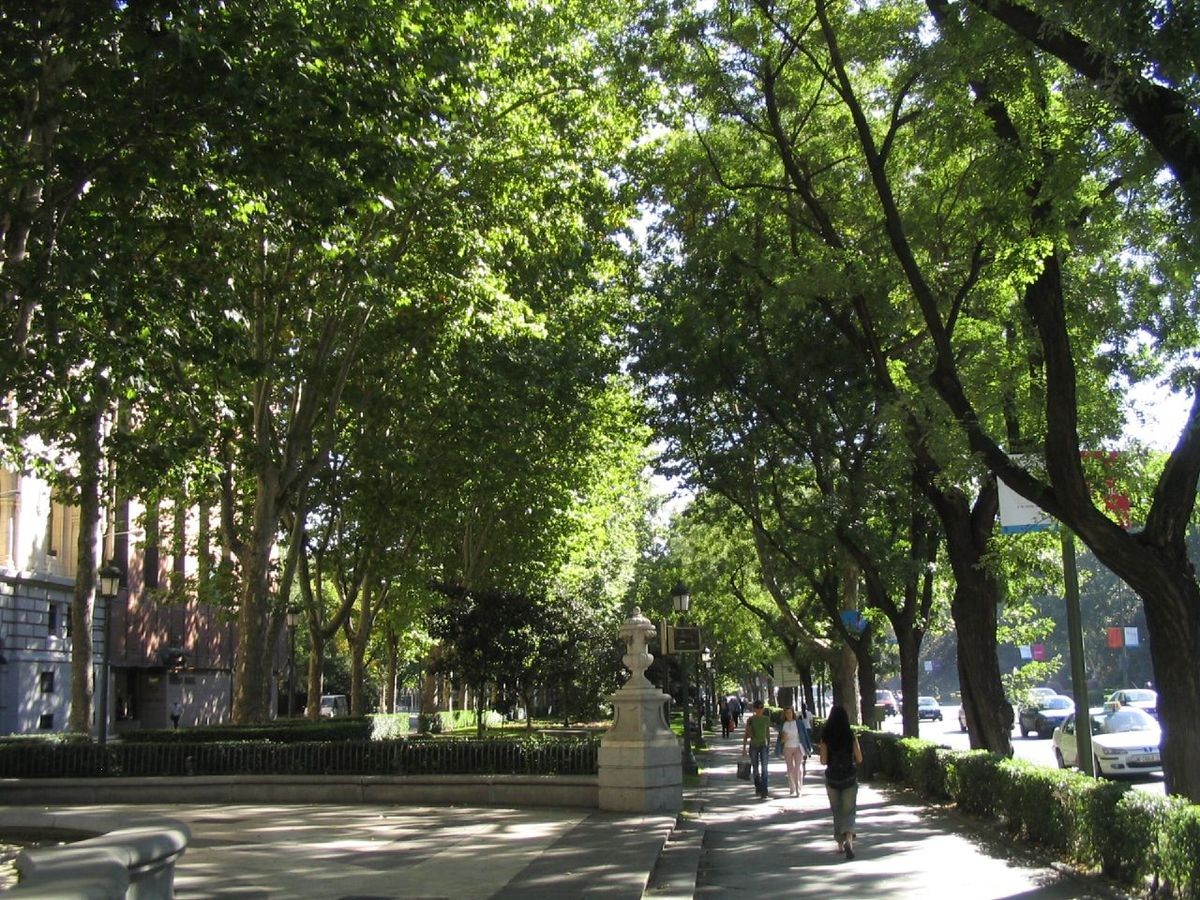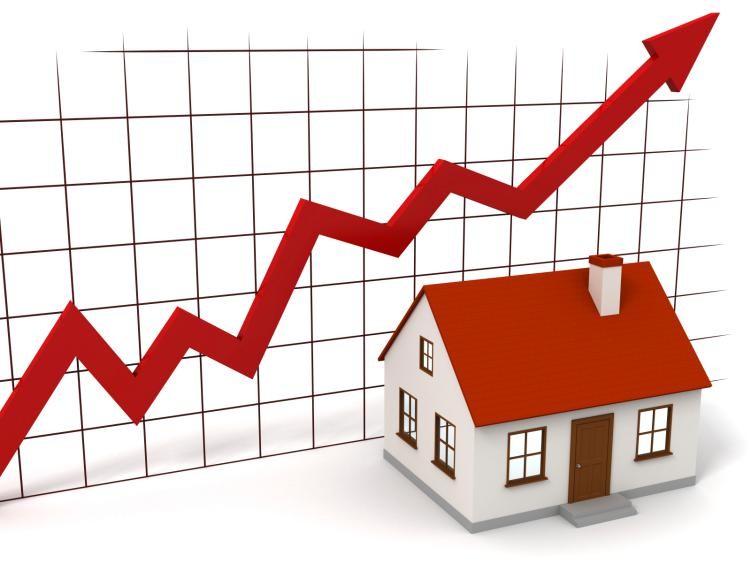Although the overall level of property transactions are more than 30 % below their peak in the boom year of 2007, sales of existing houses, as opposed to new-builds, are fast approaching the levels seen in the boom. In 2018 422,500 used properties were sold compared to the height of 448.900 in 2007. More second-hand properties were sold in 2018 than in any year since 2007 and the trend is upwards.
Although this will definitely have an effect on prices, which are already on the increase as the graphs below show, in our particular niche of country properties, every one of them different, whether prices are rising, remaining stable or even falling depends more than anything else on the situation of the seller. My experience of prices over the past thirteen years is that we are still at a level very significantly lower than in the boom years and even now sellers will sometimes accept offers significantly lower than the price at which they are listed.
The following graphs and a table from two different sources provide a snapshot of how prices are moving in general and in Andalusia in particular.
TINSA - The largest firm of valuers in Spain
Movement of prices in Spain


